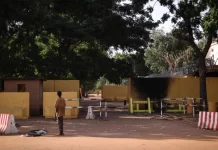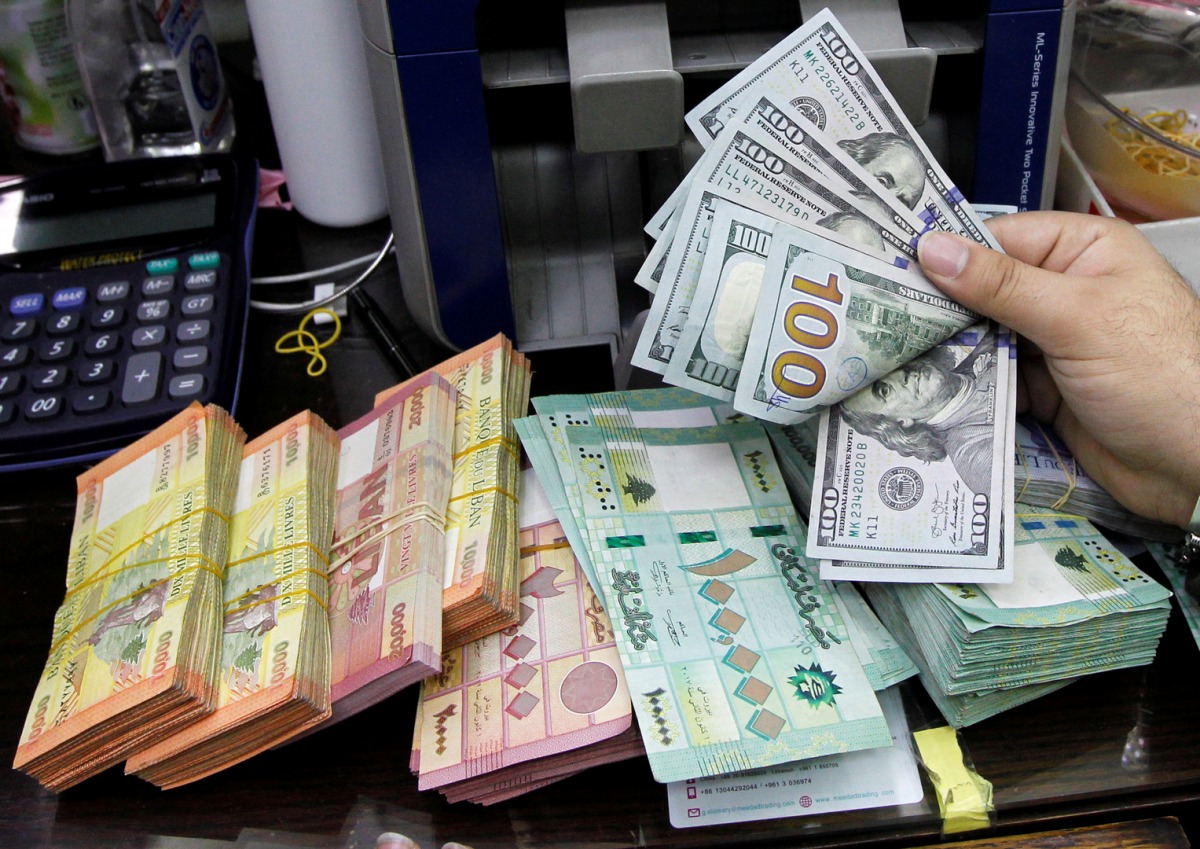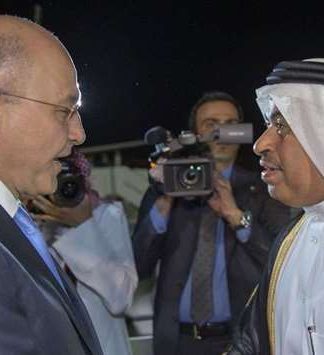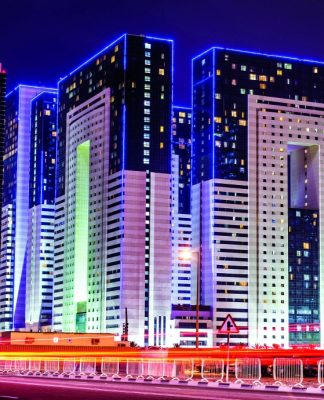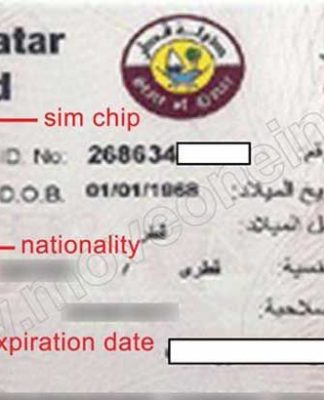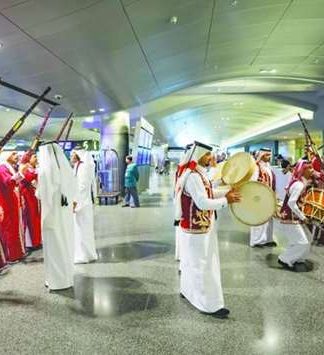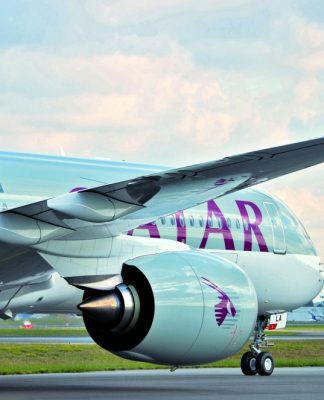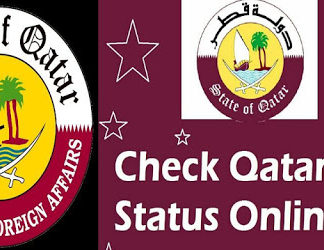On Tuesday, the exchange rate of the Syrian pound recorded a new record deterioration in the parallel market, reaching the threshold of four thousand against one dollar, in a country where the conflict this month enters its tenth year.
After ten years of war, Syria is witnessing a stifling economic crisis, which has been exacerbated recently by measures to address the Covid-19 epidemic.
Syrian merchants told AFP that the Syrian pound has weakened, and the exchange rate on the black market touched 4,000 pounds against the dollar for the first time since the start of the conflict.
Two websites specializing in monitoring the parallel market price reported that the exchange rate ranged between 3,900 and 4,000 pounds in Damascus.
“There is a great scarcity in the dollar in the market,” one of the traders, who preferred not to be named, explained.
Another said, “It seems that the situation is completely related to what is happening in Lebanon.”
In Lebanon, the lira recorded, on Tuesday, an unprecedented record low since Lebanon entered the cycle of economic collapse a year and a half ago, as the exchange rate against the dollar touched the threshold of ten thousand on the black market, prompting dozens of protesters to block roads in several regions.
Since the summer of 2019, in light of the worst economic collapse in Lebanon in decades, the pound has gradually begun to decline against the dollar, coinciding with a severe liquidity crisis and the cessation of banks from providing depositors with their money in dollars.
The official exchange rate remains at 1,507 per dollar.
A cashier told AFP that the exchange rate on the black market ranged from 9,900 to 10,000 on Tuesday.
Another summed up the situation by saying, “What is happening in the black market is crazy.”
In protest against the unprecedented collapse of the pound, dozens of angry protesters blocked roads in the evening with burning tires and stones in several areas, including Beirut, Sidon in the south, Tripoli in the north, and in towns in the Bekaa.
Some chanted “Revolution Revolution”, the chant they were accustomed to during the unprecedented protests that Lebanon witnessed against the entire political class in October 2019. A
demonstrator near Beirut said to one of the local channels, “They push us towards begging, starving us … We stayed at home all the past period, then there was an explosion.” The port and they did not form a government … Our impotence is with this ruling class. “
The exchange rate of the lira fell to 9,800 during the summer, before gradually increasing. And over the past weeks, it has maintained a rate between eight thousand and 8,500 per dollar.
Maha Yahya, a researcher at the Carnegie Center, tweeted, “In the meantime, the Lebanese Pound is collapsing more while the political stalemate continues and there are no policies to stop the collapse! Supporting the Lebanese poor who are burdened with inflation is not enough.”
The decline in the local currency is reflected in the prices of goods, foodstuffs, and everything that is imported from abroad. Commodity prices have increased by 144 percent, according to estimates by the International Monetary Fund, while more than half of the population is below the poverty line.








